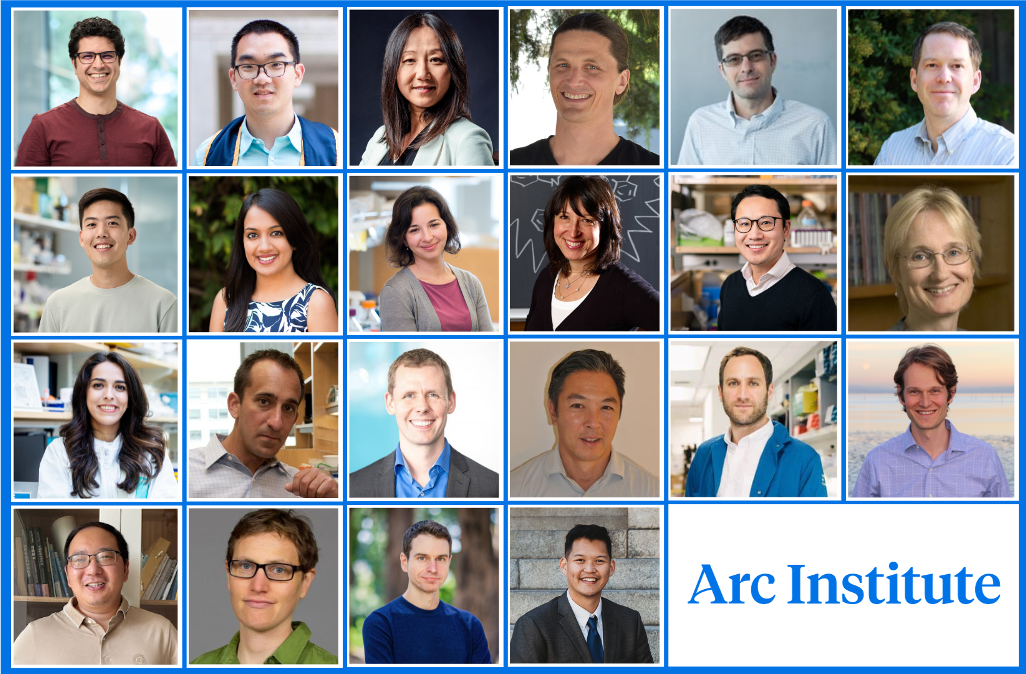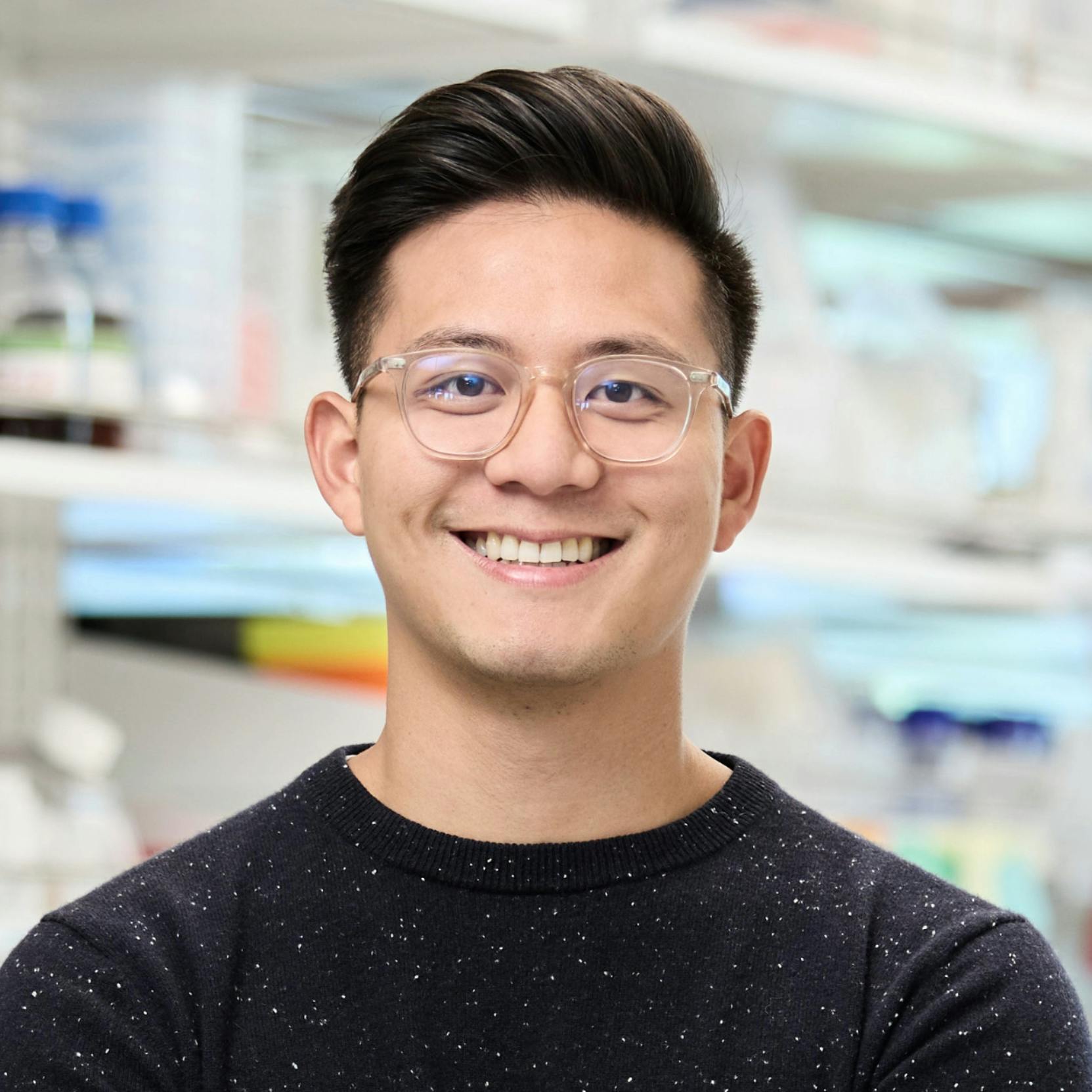Our progress, one year in

A year and half ago, we announced Arc in collaboration with our three founding University partners—Stanford, UC San Francisco (UCSF), and UC Berkeley. In summer 2022, we opened our first lab space to researchers, and Arc has grown over the past year from just a handful of people to over 100 scientists and operations personnel. We’ve established all of our key operational functions and set up our first four Core Laboratories, in addition to launching our first three Technology Centers.
Earlier this year, Arc moved into our permanent home, located at 3181 Porter Drive in Stanford Research Park. We designed this building, which will accommodate around 400 people, from scratch with the goal of creating an inviting and inspiring environment specifically tailored for scientists. Having a single physical space with a high collision frequency of ideas — where scientists can unite, discuss, and discover — is key to our mission.
We’re excited to provide this update on our growing scientific community, as the latest step in our 5-year trajectory towards 15 Core Investigators, five Science Fellows, five Technology Centers, and 20 Innovation Investigators.
Our scientific focus areas and overall mission
As researchers ourselves, we know that complex diseases—from prominent illnesses like cancer and Alzheimer’s to less-understood conditions like autoimmune dysfunction—won’t be solved by one scientist or a single discovery in a single discipline. To overcome this, it’s imperative for us to bring together thought leaders from key scientific communities, ranging from established investigators looking to conduct creative big-picture, high-impact work to early-career scientists with the vision and skill to run their own labs right out of graduate school.
We’re deliberately growing our scientific community with researchers across disciplines we see as crucial to tackling complex disease: neurobiology, immunology, computational science, human genetics, chemical biology, and technology development. By brokering collaboration across these often isolated disciplines, we’re intent on igniting new perspectives, deepening our scientific understanding, and creating solutions for complex human diseases.
How our programs help bring together scientists across disciplines and universities
Today, we are excited to announce a big leap in building Arc’s scientific community across four different programs. We’re welcoming a new faculty Core Investigator and our first early-career Science Fellow and introducing our inaugural cohort of Innovation Investigators and Ignite Award recipients across our three partner universities.
Across our programs, we’re bringing together faculty with deep domain expertise that stretches across Arc’s interconnected focus areas, integrating diverse approaches that link the interplay of combinatorial genetics (Will Greenleaf, Martin Kampmann, Alexander Marson, Alex Pollen, Jimmie Ye), environmental factors and chemical perturbations (Michael Fischbach, Nathanael Gray, Isha Jain, Alanna Schepartz), and multimodal phenotypic readouts (Zhenan Bao) to make sense of the complexity of human biology. Many of our new community members study the interfaces between biological systems, including cell-cell interactions (Iain Clark, Calvin Kuo, Anna Molofsky, Robert Saxton) and organ-organ crosstalk (Katrin Andreasson, Faranak Fattahi, Andrew Yang) with a general focus on approaches that are sufficiently scalable to tackle a problem as challenging and multi-faceted as complex disease.
We also strongly believe that computational approaches – especially deep learning – are critical to make sense of the increasing intricacy of this type of multi-modal biological data. Our new Core Investigator Hani Goodarzi and Science Fellow Jingtian Zhou, along with Brian Hie, Xiaojie Qiu, and Julia Salzman, bring together exciting and complementary computational approaches. As three examples of the breadth of computational scope that Arc is nucleating: Hani is the rare type of scientist who can truly bridge multiple domains, weaving together machine learning and cancer genetics with systems biology and single cell genomics. Jingtian stands out for his innovative approach to designing new computational algorithms to make sense of the complexity of cellular diversity in the brain. And Brian has focused a unique evolutionary lens on our ability to use deep learning-based protein language models to understand and design protein and eventually genome function.
We’re big believers that over the next few decades, biomedicine will become increasingly collaborative and computational. The new community members we announced today represent major progress in our mission to build an institute that understands and addresses the unique challenges and opportunities in biological science. As we welcome more scientists to our community, we’re increasing our capacity to ask and answer rich and fundamental questions by forging connections between different perspectives and disciplines.
Our new searches and excitement for continued growth
Carrying this momentum forward, we’ve already launched our next Core Investigator and Science Fellow searches and are excited to conduct a joint open rank search for Core Investigators with Stanford’s Department of Pathology. More searches will be announced in the weeks to come. We will partner with additional departments across our partner schools over the next months and years to further grow our community to 15 Core Investigators. As part of our unique model, we’re equipping these faculty with unrestricted annual funding to support labs of up to 20 people, overcoming challenges of restricted project-based funding.
At Arc, we’re not funding projects. We’re enabling scientists by providing first-class technological resources and facilitating deep interdisciplinary collaboration so they can dig into biology’s most challenging questions.

